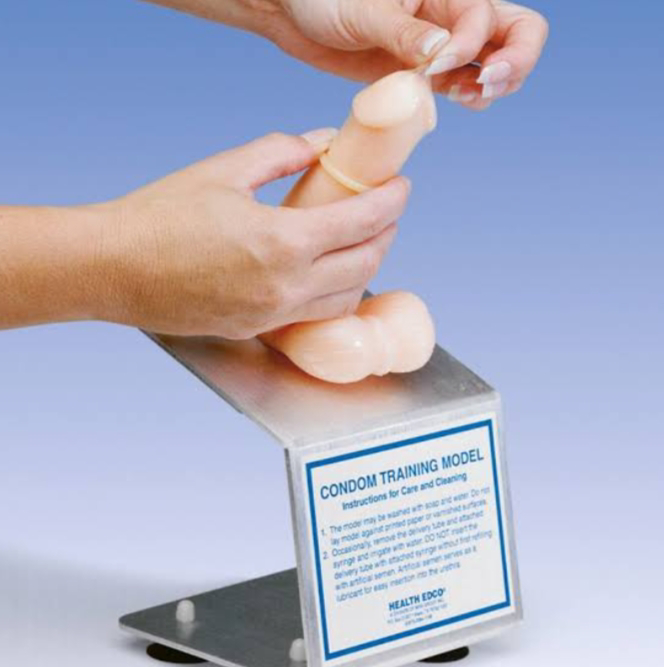To check blood pressure manually, you'll need a sphygmomanometer (pressure cuff) and a stethoscope. Here's a step-by-step guide:
1. Prepare the Equipment:
- Make sure the sphygmomanometer is in good working condition.
- Ensure the cuff size is appropriate for the person's arm. It should cover about 80% of the upper arm's circumference.
2. Prepare the Person:
- Ask the person to sit in a quiet, comfortable place with their back supported and feet flat on the ground.
- Have them rest for at least 5 minutes before taking the measurement.
- The arm should be bare, with no tight clothing constricting it.
3. Position the Cuff:
- Place the cuff around the upper arm, about 1 inch above the elbow crease.
- Make sure it's snug but not too tight.
4. Locate the Brachial Artery:
- Use your fingers to locate the radial artery on the inner side of the arm, just below the cuff.
5. Inflate the Cuff
- Use the hand pump to inflate the cuff while watching the pressure gauge. Inflate it to about 30 mm Hg above the point where the radial pulse disappears.
- Slowly release the air from the cuff using the valve on the hand pump.
7. Listen with the Stethoscope:
- Place the stethoscope's diaphragm over the radial artery (where you previously located it).
- Listen for the first sound (systolic blood pressure). Note the reading on the pressure gauge when you first hear this sound.
8. Continue Listening:
- Continue listening for the sound as you slowly release more air from the cuff.
- Note the reading on the pressure gauge when the sound disappears (diastolic blood pressure).
9. Record the Reading:
- Record the systolic and diastolic readings, like "120/80 mm Hg."
10. Repeat if Necessary:
- If the first measurement seems unusually high or low, wait a few minutes and repeat the process for accuracy.
Remember, it's essential to perform this procedure accurately to get reliable blood pressure readings. If you're not trained in taking manual blood pressure measurements, it's advisable to seek assistance from a healthcare professional.



